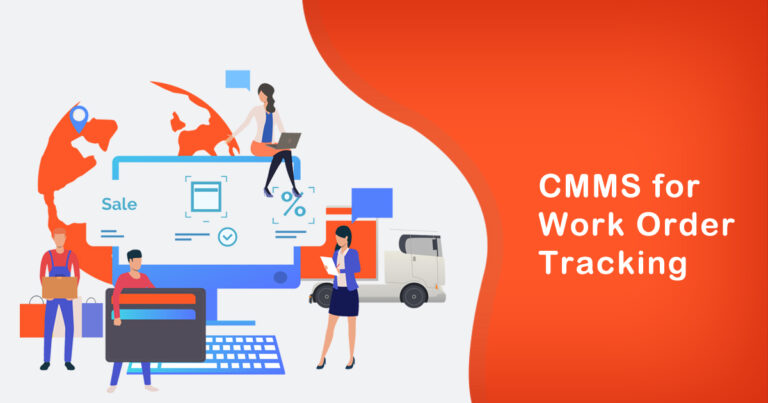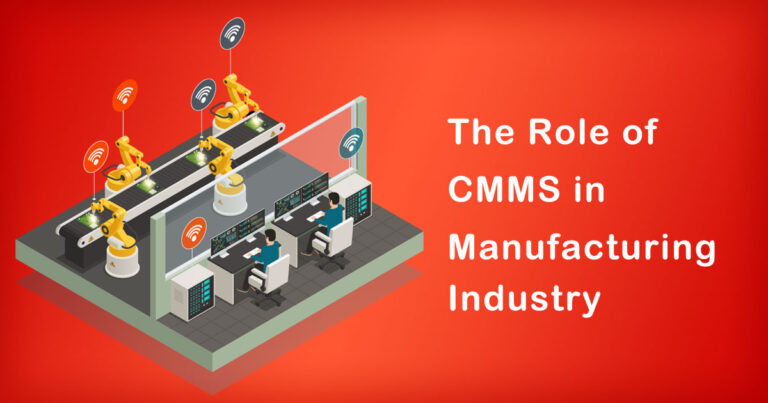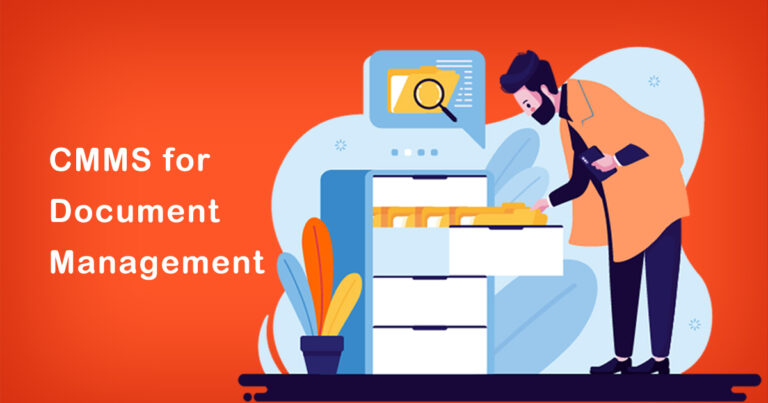Introduction
In today’s fast-paced industrial landscape, downtime can be a significant hindrance to productivity and profitability. For businesses in India, where manufacturing and service sectors are rapidly growing, minimizing downtime is crucial. Computerized Maintenance Management Systems (CMMS) have emerged as a valuable tool to optimize maintenance processes, enhance asset performance, and reduce downtime effectively. In this blog, we will explore how to reduce downtime with CMMS in an Indian context, supported by research and facts.
Understanding Downtime
Downtime, in an industrial context, refers to the period when a machine, equipment, or an entire production line is not operational due to maintenance, breakdowns, or other unplanned events. In India, where manufacturing and service industries are expanding, every minute of downtime can lead to substantial financial losses. According to a study by TechSci Research, downtime costs Indian manufacturing industries billions of rupees annually.
The Role of CMMS in Reduce Downtime
CMMS is a software-based tool designed to streamline maintenance operations, enhance asset management, and ultimately reduce downtime. Here are some key ways in which CMMS can help businesses in India minimize downtime:
Preventive Maintenance Scheduling:
CMMS allows for the scheduling of regular maintenance tasks based on equipment usage and manufacturer recommendations. By performing maintenance proactively, businesses can prevent unexpected breakdowns and reduce unplanned downtime. A study by Reliabilityweb.com found that preventive maintenance can reduce equipment failures by up to 70%.
Asset Tracking and Management:
CMMS systems enable businesses to keep a comprehensive record of their assets, including maintenance history and warranty information. This aids in efficient asset management, ensuring that equipment is maintained and replaced as needed, reducing the chances of equipment failure and downtime.
Work Order Management:
CMMS software provides a centralized platform for creating, assigning, and tracking work orders. Maintenance personnel can quickly access work order details, prioritize tasks, and respond to maintenance requests promptly. This streamlined process ensures that maintenance activities are completed efficiently, minimizing downtime.
Inventory Management:
CMMS systems help in managing spare parts and inventory efficiently. Businesses can maintain optimal stock levels, reduce the risk of stockouts, and ensure that the right parts are readily available when maintenance is required. This avoids delays in repairs and minimizes downtime.
Data Analytics and Predictive Maintenance:
Many CMMS platforms offer data analytics and predictive maintenance capabilities. By analyzing historical data and equipment performance metrics, businesses can predict when equipment is likely to fail and schedule maintenance accordingly, reducing unexpected downtime.
Mobile Accessibility:
CMMS software often includes mobile applications, allowing maintenance teams in India to access information and respond to maintenance requests while on the go. This real-time access to data ensures rapid responses to maintenance needs and helps reduce downtime.
Case Studies and Real-World Benefits
Several Indian organizations have successfully implemented CMMS systems to reduce downtime and improve overall operational efficiency. For instance, Tata Motors, one of India’s leading automobile manufacturers, reported a 20% reduction in downtime after implementing a CMMS solution. This reduction translated into significant cost savings and improved productivity.
Another example is in the pharmaceutical industry. Dr. Reddy’s Laboratories, a major player in the Indian pharmaceutical sector, experienced a 25% decrease in unplanned downtime after adopting CMMS. This improvement in equipment reliability directly contributed to increased production output.
Conclusion
In India’s rapidly evolving industrial landscape, minimizing downtime is essential for businesses seeking to remain competitive and profitable. CMMS systems offer a robust solution by streamlining maintenance operations, enhancing asset management, and enabling data-driven decisions. Through preventive maintenance, work order management, and predictive analytics, CMMS helps reduce unexpected downtime, leading to substantial cost savings and increased productivity.
As evidenced by the experiences of Tata Motors and Dr. Reddy’s Laboratories, the implementation of CMMS in an Indian context can result in tangible benefits. By embracing this technology, Indian businesses can stay ahead of the competition, maximize asset performance, and ultimately thrive in a dynamic and growing market.







